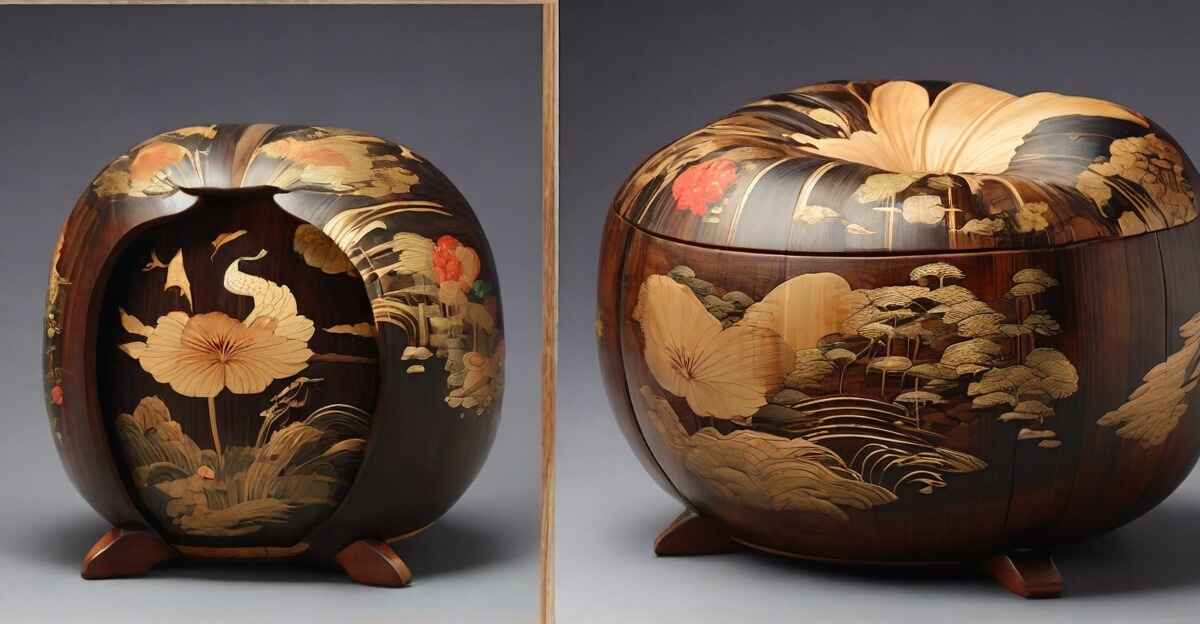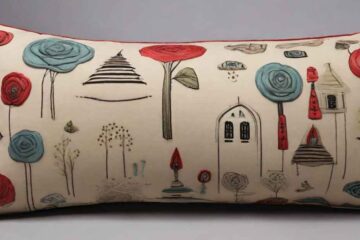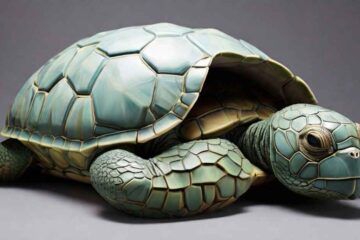A Japanese wooden pillow called Maukura has a deep and rich history. Japanese wooden pillows provide a unique and potentially beneficial sleep experience. It promises better posture, better airflow, and even Zen tranquility. It’s been a cultural and practical tradition to use wooden pillows for centuries. Try making your own if you’re curious. I hope you find this guide helpful and inspiring for creating your own sleep sanctuary.
History of Japanese pillows
Japan’s pillow history is a fascinating journey through centuries of tradition. As they’ve evolved, they’ve become more than just sleep support.
Early Beginnings: Simplicity and Utility (8th–14th Centuries)
Hakomakura (Box Pillow)
These were wooden boxes filled with sawdust, rice husks, or sand. “Hakomakura” designs date back to the 8th century. They prioritized practicality and stability.
Makuragaeshi (Pillow Flipping Taboo)
Pillows were full of superstitions in ancient Japan. “Makuragaeshi,” flipping a pillow, disrupts the spirit.
Evolution and Elegance: The Rise of Artistic Pillows (15th–19th Centuries)
Takamakura (High Pillow)
Japanese pillow art flourished with the culture. “Takamakura” pillows were popular in the 15th century. In addition to protecting elaborate hairstyles while sleeping, these pillows became status symbols.
Makura-bana (Pillow Flowers)
Placed on pillows, these scented pouches relieve nighttime anxiety.
Japan’s pillow history takes you through centuries of tradition and cultural evolution. Starting out as sleep supports, they’ve grown into art and spiritual symbols. These unique pillows give you a glimpse into Japanese health, comfort, and dreamscapes.
Early Beginnings: Simplicity and Utility (8th–14th Centuries)
Hakomakura (Box Pillow)
Originally, pillows were filled with sawdust, rice husks, or sand. In the 8th century, this “hakomakura” design prioritized practicality and stability.
Makuragaeshi (Pillow Flipping Taboo)
In ancient Japan, pillows were superstitions. You’re supposed to flip your pillow to disrupt your spirit.
Evolution and Elegance: The Rise of Artistic Pillows (15th–19th Centuries)
Takamakura (High Pillow)
Japanese pillow art flourished with the culture. The takamakura is a tall wooden pillow carved with intricate designs. It was meant to protect hairstyles while sleeping, but it also became a status symbol.
Makura-bana (Pillow Flowers)
Herbal pouches that made dreams sweet.
Modernity and Innovation: Pillows for a Changing World (20th Century–Present)
Western Influences
Japan got into feather and down pillows in the 20th century. It’s still a treasured cultural artifact, used for meditation and neck support.
Modern Materials and Designs
Japanese pillow makers blend tradition with modern materials. Modern pillows have memory foam inserts, ergonomic curves, and adjustable heights.
Beyond Sleep: The Cultural Significance of Pillows
Pillow Books
Japanese literature has a lot to do with pillows. A pillow full of essays, observations, and observations of court life.
Spiritual Connections
Pillows have spiritual meaning in Shinto and Buddhism. In some rituals, you may rest your head on a pillow dedicated to a deity or ancestor.
It’s a testament to Japanese ingenuity, practicality, and love of beauty. Japanese sleep supports illuminating sleep, dreams, and everyday objects. Next time you sleep, think about how your pillow is woven with history and culture.
Benefits of using wooden Japanese pillows
These are some potential benefits of wooden Japanese pillows:
Natural Support:
Wood can align your neck and head to improve posture.
Airflow and Temperature:
Wood naturally breathes, so it prevents overheating. It’s especially good for hot sleepers.
Durability and Hygiene:
Wood pillows resist dust mites and allergens.
Aesthetics and Tradition:
Japanese-style wooden pillows are beautiful.
Mindfulness and creativity:
Making your own pillow can promote relaxation and creativity.
It depends on your sleep needs and preferences. It’s worth exploring how wooden Japanese pillows can benefit your sleep.
Planning Your Project: Laying the Foundation for Tranquility
You’ll have a better experience if you plan ahead. Learn how to pick the perfect wood, gather tools, and make your dream pillow.
Choosing the Timber for Your Slumber:
Durability and Comfort:
Compare cherry, walnut, and hinoki cypress hardwoods. Consider things like grain density, natural oils, and allergies.
Aesthetics and Sustainability:
Show off different wood tones and textures. Recycled wood is an eco-friendly option.
Finding the Perfect Fit:
Talk about what to look for when sourcing wood locally or online.
Tools of the Trade:
Essentials for Every Crafter:
How Handsaws, Rasps, and Sandpaper help You Cut accurately. Also, a pencil helps you mark.
Optional Enhancements:
Chisel intricate details, then oil or wax it.
Safety First:
Make sure you use proper safety gear, like gloves and eye protection.
Designing Your Sleep Haven:
Shape and Size:
Japanese pillows come in rectangular and curved shapes.
Template Time:
Tell readers how to make a cardboard template.
Beyond the Basics:
Get features like ergonomic curves for neck support.
Resources for Inspiration:
Online Communities:
Talk about woodworking and Japanese crafts on forums.
Remember:
- Keep it friendly and informative.
- Visuals like wood types and tools are great.
- For easy access, provide links to recommended resources.
- Create your own sleep sanctuary to inspire readers.
Crafting Your Masterpiece:
- Design and Template: Choose the size and shape of your pillow. Traditionally, Japanese pillows are rectangular or curved, but you can get creative! Make a cardboard template for tracing your design.
- Cutting and Shaping: Cut the wood carefully. Get a smooth, comfortable surface by using a rasp and sandpaper.
- Curving and Carving (optional): Use chisels and sandpaper to add curves and details. Make sure there are no sharp edges or protrusions.
- Finishing Touches: Sand the pillow again to smooth it out. To prevent splinters, apply a finishing oil or wax to the wood.
FAQ
How do I clean a wooden Japanese pillow?
A: Use a damp cloth to wipe it down. Don’t use harsh chemicals or soak it.
How often should I reapply finishing oil or wax?
A: You only need to do it every few months to keep the wood looking great.
I hear these pillows can cause headaches. Is that true?
A: You might have to adjust to the firmness for a while. Consult a doctor if headaches persist.
How much does it cost to make one?
A: Prices vary depending on wood type, tools needed, and additional materials. Costs can reach $100.
Can I buy one instead of making it?
A: Absolutely! It’s easy to find beautiful wooden Japanese pillows in shops and online retailers.
Where can I find more information and inspiration?
A: Check out forums about woodworking and Japanese craft sites. Also, visit an Asian cultural center for inspiration.
Conclusion
Japanese wooden pillows, or makura, combine tradition, artisanship, and functionality. Even though it’s been around for a while, it’s still relevant. This isn’t for everyone, but it still attracts curiosity. A makura’s more than a sleep accessory. It might be easier to understand wooden Japanese pillows after reading this article.



